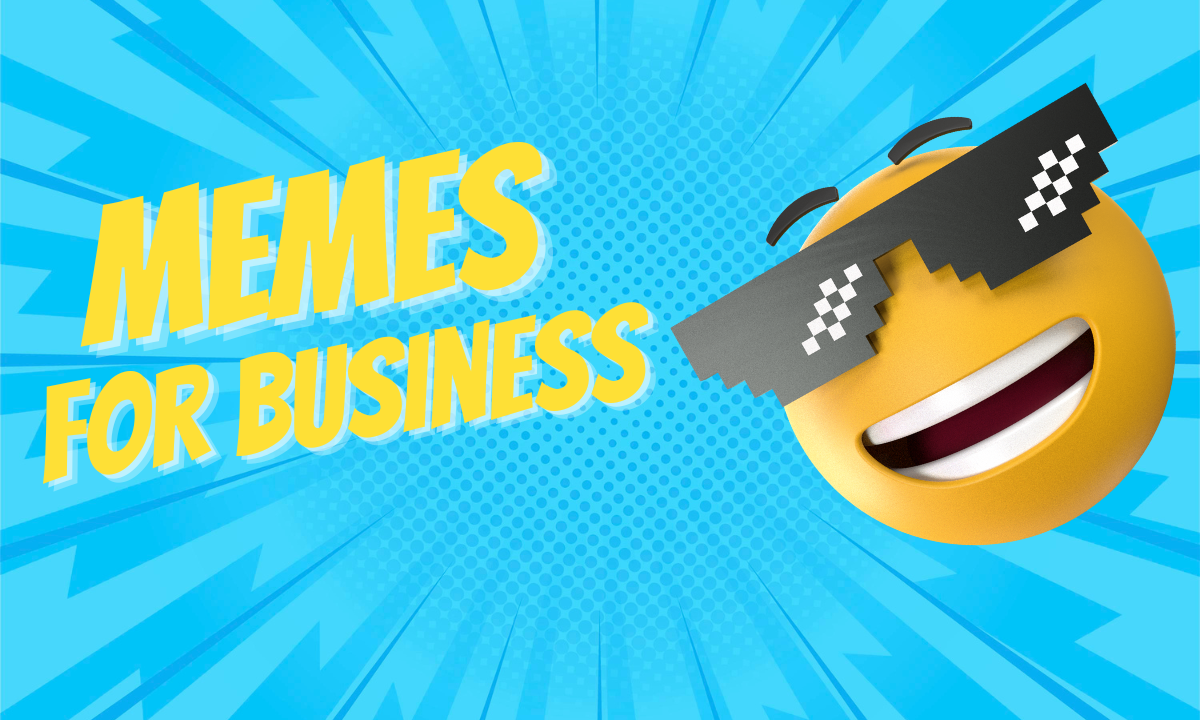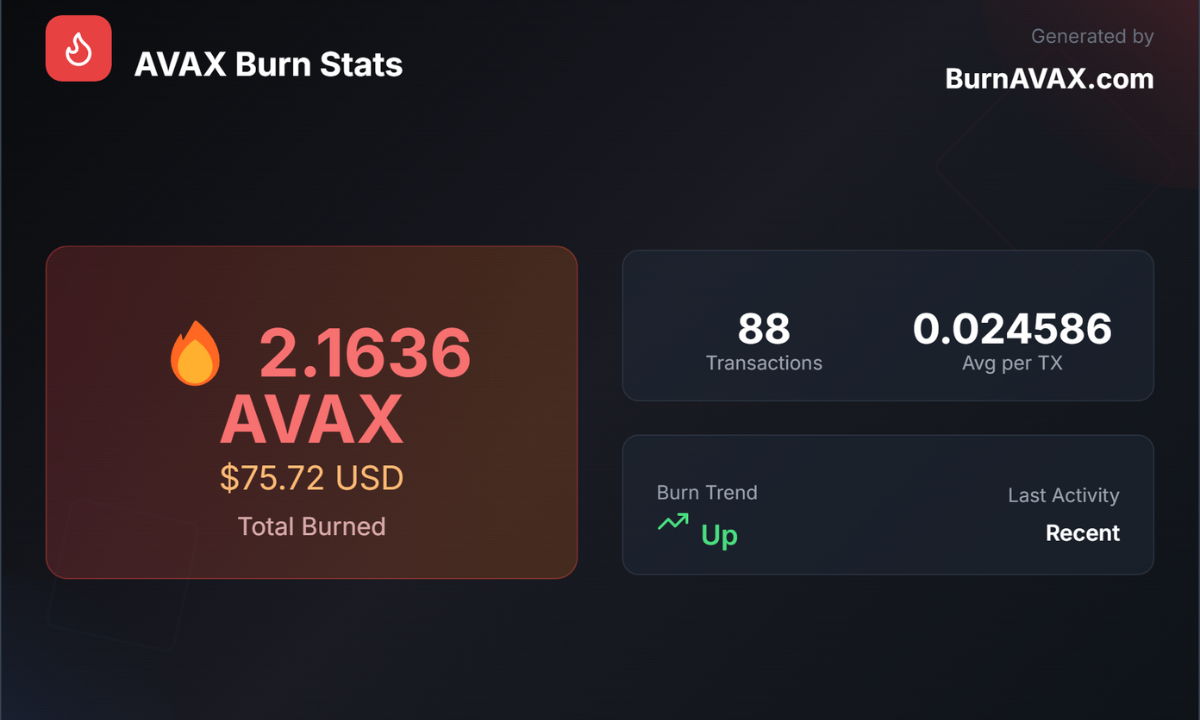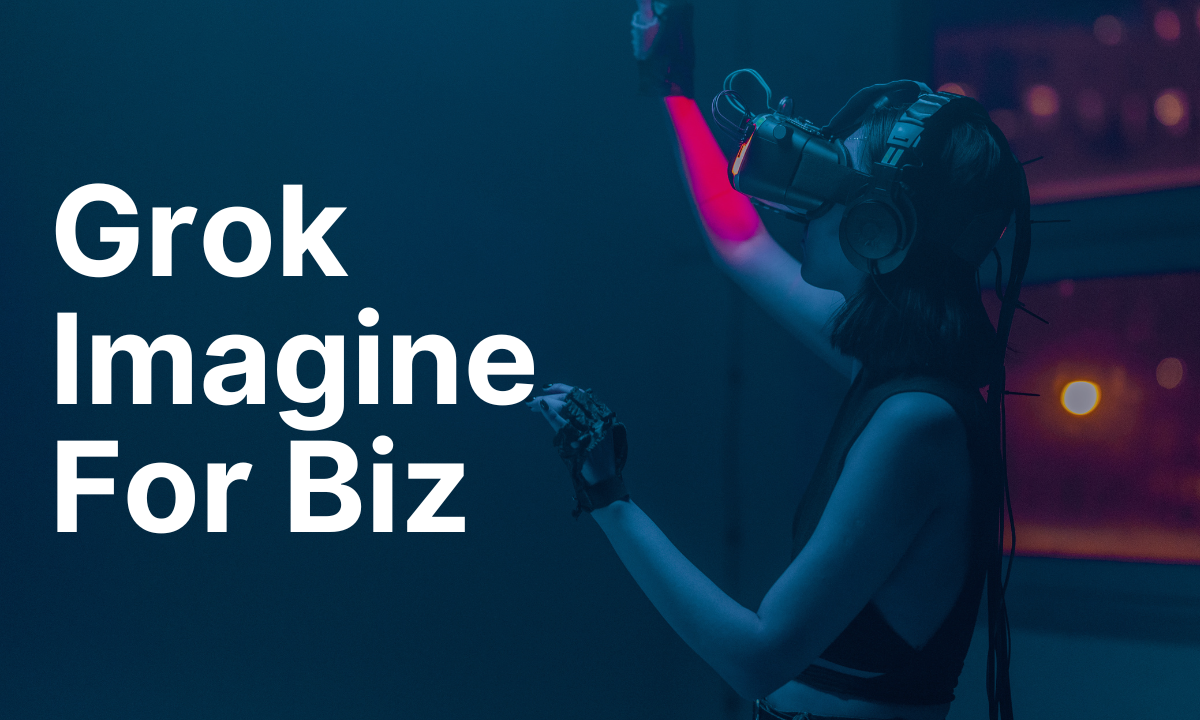How Small Businesses Can Use Memes in Social Media Marketing
Small businesses face a unique challenge of standing out in crowded social media feeds. One powerful, yet often underutilized, tool is the humble meme. Memes are humorous images, videos, or text that spread virally online. They offer a unique way to connect with audiences, build brand personality, and drive engagement. This article explores how small businesses can incorporate memes into their social media marketing strategy, the benefits of doing so, and the importance of staying current with meme trends to maximize their impact.
Why Memes Work for Small Businesses
Memes resonate with audiences because they tap into shared cultural moments, humor, and relatability. For small businesses, this presents an opportunity to humanize their brand and foster a sense of connection with customers. Unlike traditional advertising, memes feel organic and unpolished, making them more approachable. This authenticity can help small businesses compete with larger brands without the need for a massive marketing budget.
Another key advantage is their shareability. A well-crafted meme can go viral, reaching far beyond a business’s existing followers. This organic reach is invaluable for attracting new customers and increasing brand visibility. Additionally, memes are cost-effective. Creating or repurposing them requires minimal resources, making them an ideal tool for businesses with limited budgets.
Engaging Customers Through Memes
Memes excel at sparking engagement. Their humorous and relatable nature encourages likes, comments, and shares, which boost a post’s visibility on social media algorithms. For example, a local coffee shop might share a meme about the struggle of mornings without coffee, prompting customers to tag friends or share their own experiences in the comments. This interaction not only strengthens relationships with existing customers but also exposes the brand to new audiences.
To engage customers effectively, businesses should tailor memes to their target audience. A pet store, for instance, could use memes featuring adorable animals to appeal to pet lovers, while a tech repair shop might reference popular “tech fail” memes. By aligning memes with their niche, businesses can create content that feels personal and relevant, encouraging deeper audience connection.
Attracting New Customers
Memes have the potential to attract new customers by tapping into trending topics and conversations. When a business shares a timely meme, it can appear in hashtag searches or explore pages, reaching users who may not follow the brand. For instance, a boutique clothing store could create a meme referencing a popular TV show, drawing in fans of the show who discover the brand through shared interests.
To maximize this effect, businesses should incorporate subtle branding into their memes. This could mean adding a logo, using brand colors, or including a call-to-action (CTA) like “Tag a friend who needs this!” Such strategies ensure that even if the meme is shared widely, it remains tied to the business’s identity.
Staying Up to Date With Meme Trends
The internet moves quickly, and memes are no exception. A meme that’s hilarious today might feel outdated tomorrow. To stay relevant, small businesses must keep a pulse on current meme trends. Following popular meme accounts on platforms like Instagram, TikTok, and X can provide inspiration and insight into what’s resonating with audiences. Tools like Google Trends or hashtag searches can also help identify emerging topics.
Staying current ensures memes feel fresh and relevant, which is critical for capturing attention. For example, a bakery that uses a meme referencing a viral moment from a recent award show is more likely to connect with audiences than one relying on outdated formats like the “Distracted Boyfriend” viral meme from years ago. Businesses should also be cautious to avoid overused or “cringe” memes, as these can harm credibility.
Best Practices for Using Memes
To make the most of memes, small businesses should follow a few key practices:
- Know the Audience: Understand the demographics and interests of the target audience to create memes that resonate.
- Keep It Authentic: Avoid forcing brand messaging into memes, as this can feel inauthentic. Let the humor shine first.
- Stay On-Brand: Ensure memes align with the business’s values and tone to maintain consistency.
- Test and Learn: Experiment with different meme styles and track engagement to see what works best.
- Respect Copyright: Create original memes or use royalty-free images to avoid legal issues.
Conclusion
Memes offer small businesses a free, engaging, and highly shareable tool to enhance their social media marketing. By leveraging humor and cultural relevance, businesses can connect with customers, attract new audiences, and boost brand visibility. Staying up to date with meme trends is essential to ensure content feels fresh and resonates with followers. With a bit of creativity and strategic thinking, memes can become a powerful asset in any small business’s marketing toolkit, proving that even the smallest brands can make a big impact online.
Looking for professional small business social media marketing services? Get in contact with Veduis today and let’s elevate your small businesses social media presence today!






